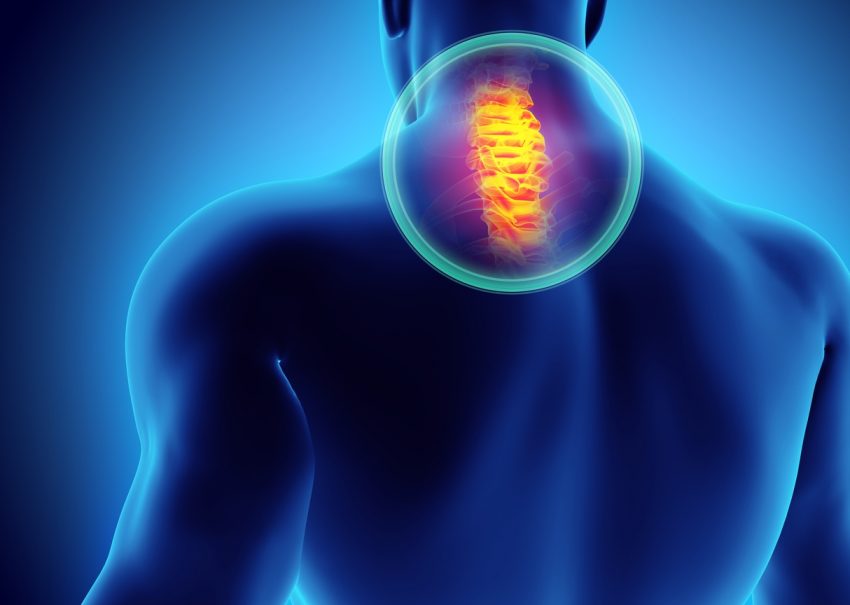Radicular Pain After Spinal Cord Injury: What Is It?

Radicular pain is a common problem that accompanies spinal cord injury (SCI). Experiencing radicular pain is frustrating, but the good news is that it can be treated. If you have radicular pain, it is helpful to understand it.
This article will explain what it is and what causes it, as well as the typical solutions for relieving it.
Radicular Pain: A Type of Neuropathic Pain
Radicular pain is a type of neuropathic pain. There are three main types of neuropathic pain. Transitional zone pain is a type of pain usually felt around the level of your injury, in a band-like pattern. It is usually felt around the trunk, but may also involve the arms.
SCI pain, sometimes called central pain, is the term used for pain that is experienced below the level of injury. This type of pain is not usually restricted to a certain area and can be felt all over the body. Certain things like stress or muscle spasticity can make this pain worse.
Radicular pain is a type of pain that can be felt at any level. Radicular pain is caused by nerve root damage. This can occur from inflammation, nerve compression, dislocated discs, or even broken pieces of bone. It is usually on one side of the body. Interestingly, it can get worse when you rest and improve with moderate activity. Radicular pain can be difficult to tell apart from pain from the injury.
Symptoms
Radicular pain is caused by the inflammation of a spinal nerve root. Because of this, its symptoms vary widely from person to person. Symptoms will depend on the exact location of the nerve compression. An impinged spinal nerve can cause numbness or debilitating pain, and it can occur anywhere on the body.
Some of the most common symptoms are:
- Muscle weakness
- Chronic back pain or stiffness
- Numbness or tingling in the extremities
- Sciatic pain
- A loss of motor skills or reflexes
- Bowel or bladder problems
Diagnosing it needs to be done by a doctor. After doing his own physical examination, a doctor will consider all the possible causes of your pain. Then he will probably use imaging such an MRI or CT scan to confirm his suspicions.
Types
Cervical radicular pain comes from the upper part of the spine. Depending on which nerves or discs are compressed, you may have symptoms in your neck, shoulders, arms, or chest. You could have numbness in your fingers or weakened muscles in the upper part of your trunk.
Thoracic radicular pain originates in the thoracic spine, which is in the middle of your body. This area will typically cause pain in your chest. You can have numbness and tingling, or even experience chest tightness.
Lumbar radicular pain comes from the lower part of the spine. This area often causes sciatica, a type of pain that radiates down the sciatic nerve from the lower back, down through the hip, leg, and into the foot.
Treatment
The good news is that it is rarely treated with surgery. The way to alleviate the condition is to treat the source of the nerve inflammation.
Nonsteroidal anti-inflammatory drugs, such as ibuprofen are often the first line of defense.
Physical therapy in combination with heat/cold therapy can be particularly helpful. It may take weeks to see significant results, so don’t give up your treatment too soon.
If your radicular pain is severe and long lasting, you may need to consider surgery. Sometimes discs need to be repaired, or bone fragments need to be removed from your spine. After trying other treatments unsuccessfully, you should consult with your doctor, as well as a neurosurgeon, to decide if surgery is the right option for you.
Author: Annie Beth Donahue is a professional writer with a health and disability focus.







